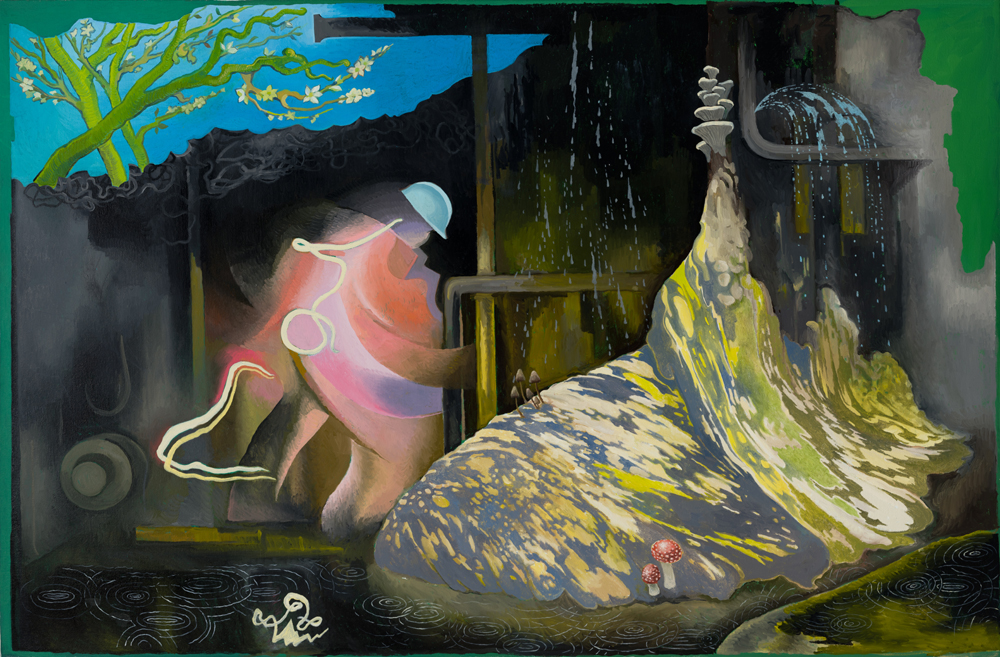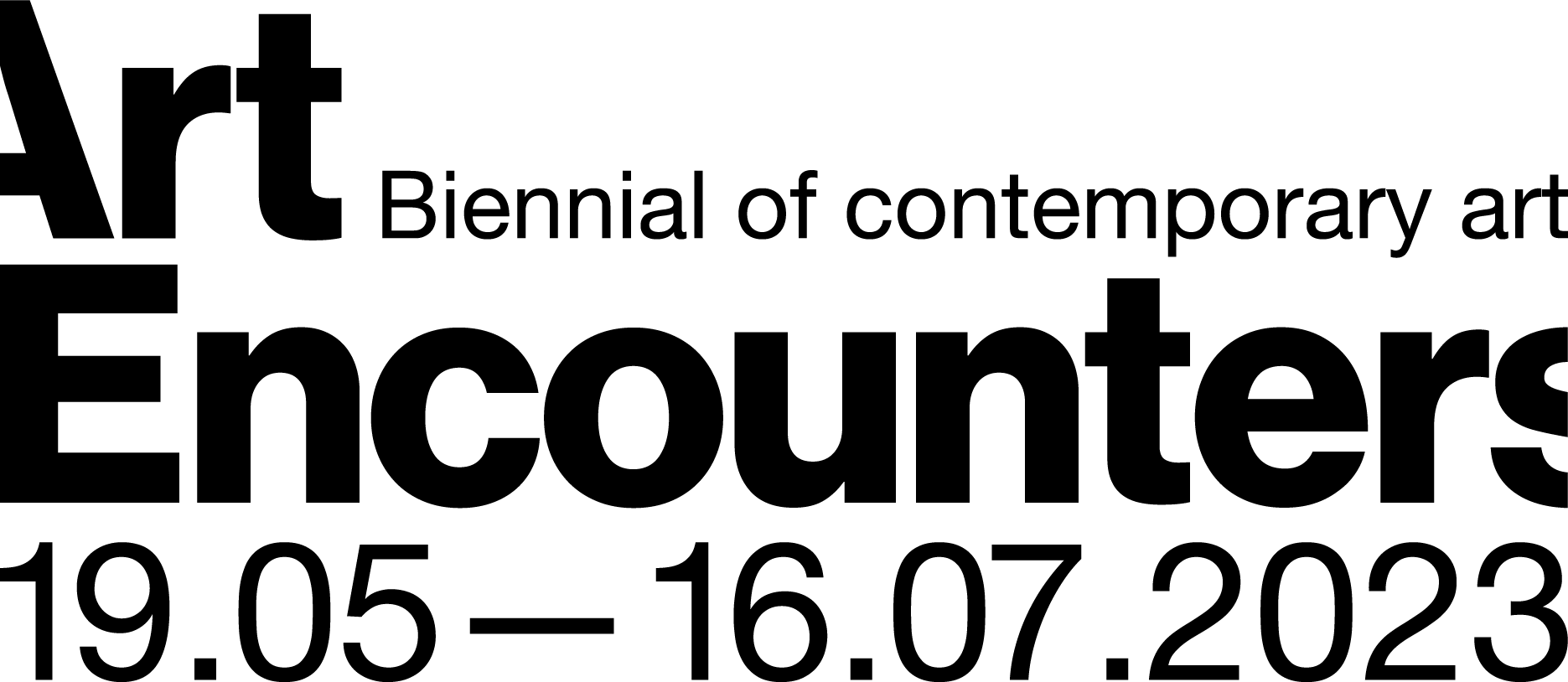
Hortensia Mi Kafchin
Hortensia Mi Kafchin has worked as an assistant to the painter Adrian Ghenie, whose studio she later took over. Like Ghenie, she belonged to a loose network of local artists who set up their studios in an abandoned factory, sharing traditional technical training and detailed knowledge of art history. Kafchin loves to experiment, familiarizing herself with a broad range of artistic media, from drawing, painting, and sculpture to room installations blending all these techniques. The artist has a distinctive canon of motifs that, like a kaleidoscope, reflect the collage-like visual environment of our media age. Hers is a fascinating iconography where science fiction blends with ancient myths. There are frequent encounters between humans and machines, sometimes as adversaries but primarily as hybrids. Kafchin’s figures are not heroic symbols of technical perfection and superiority but sensitive and melancholy mechanical beings whose status hovers between subject and object. Hortensia Mi Kafchin, who grew up in a male body named Mihuț Boșcu Kafchin and is currently transitioning to her gender, uses this canon to express personal and other constructions of gender and identity. The goal of becoming one’s own body is repeatedly visualized, not only in the form of female and transgender archetypes but also by the symbol of yin and yang – the definitive reconciliation of internal and external opposites.
Hortensia Mi Kafchin, Spring in Cernobyl, 2019, oil on canvas, 191 x 295 cm
© courtesy of Zenoviu Haiduc Collection, Cluj-Napoca;




